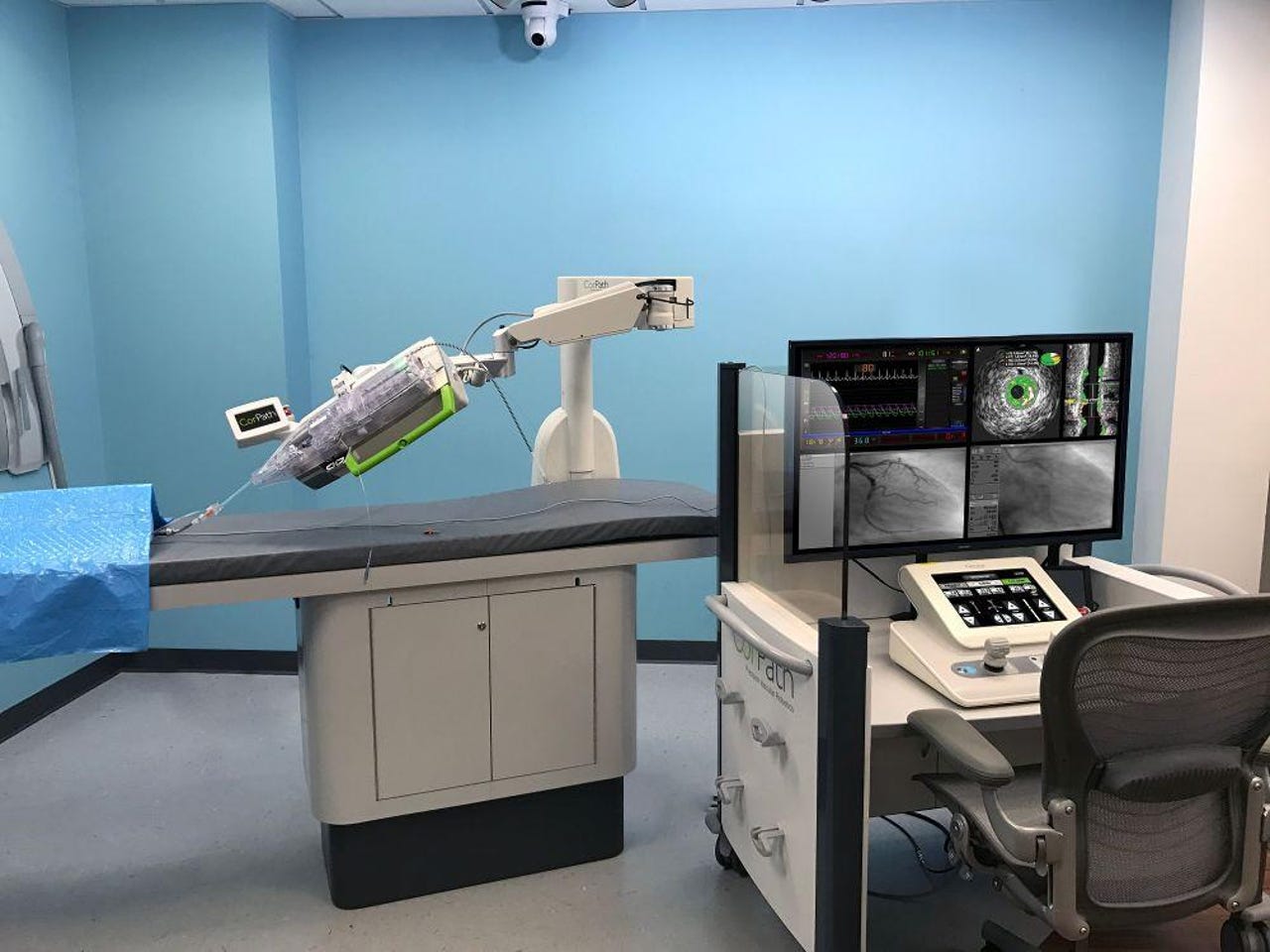Robot used in landmark brain surgery


Robots are used in a variety of surgical procedures these days, but the brain has largely been a no-go zone for robot assistants in the OR. With the successful completion of an in-human robotic-assisted neurovascular intervention this month, that's set to change.
The surgery was led by Dr. Vitor Mendes Pereira, a neurosurgeon and neuroradiologist at the Toronto Western Hospital and Krembil Brain Institute in Canada. Dr. Pereira's team utilized a vascular robotic device developed by Corindus.
"The field of neurovascular intervention is changing rapidly, but there remains a significant need to expand access to care and reduce treatment times," said Mark Toland, CEO of Corindus. "Implementing robotic capability for neurovascular intervention is the first step toward our vision of providing patients' access to the world's best specialists regardless of their geographic location. Building a body of clinical research on neurovascular robotics while training physicians to be robotics experts today will allow us to maximize physician impact and reach with remote telerobotics tomorrow."
The operation is a good example of how a confluence of new technologies are changing how surgeons approach their craft. Prior to the procedure, Dr. Pereira performed a rehearsal on a 3D-printed flow model of the specific anatomy of the patient, a 64-year-old female Canadian resident. Using the 3D model, Dr. Pereira developed a plan for the use of the robotic device.
"Precision is a key element of neurovascular interventions, and it is evident to me that augmenting these delicate procedures with robotic assistance can positively impact how we treat patients," Dr. Pereira said. "I felt honored to perform this procedure and look forward to continuing to support the development of robotic technology to help address access issues of stroke patients in the community."
The robotics company behind the procedure, Corindus, is less than a week off of a $1.1 billion acquisition by Siemens.
The implications for this robotic brain surgery are huge, heralding a transformation of the way surgeons treat things like aneurysm and stroke. That will particularly be the case once 5G becomes a reality, opening up the possibility that surgeons will be able operate these robots remotely, potentially bringing unprecedented access to care worldwide. Corindus has already completed a number of remote heart procedures and published clinical studies.
The recent acquisition by Siemens, a major player in medical devices, will allow Corindus to accelerate the development of its robotic technology to address the existing problem of access to care for emergent procedures such as heart attack and stroke.